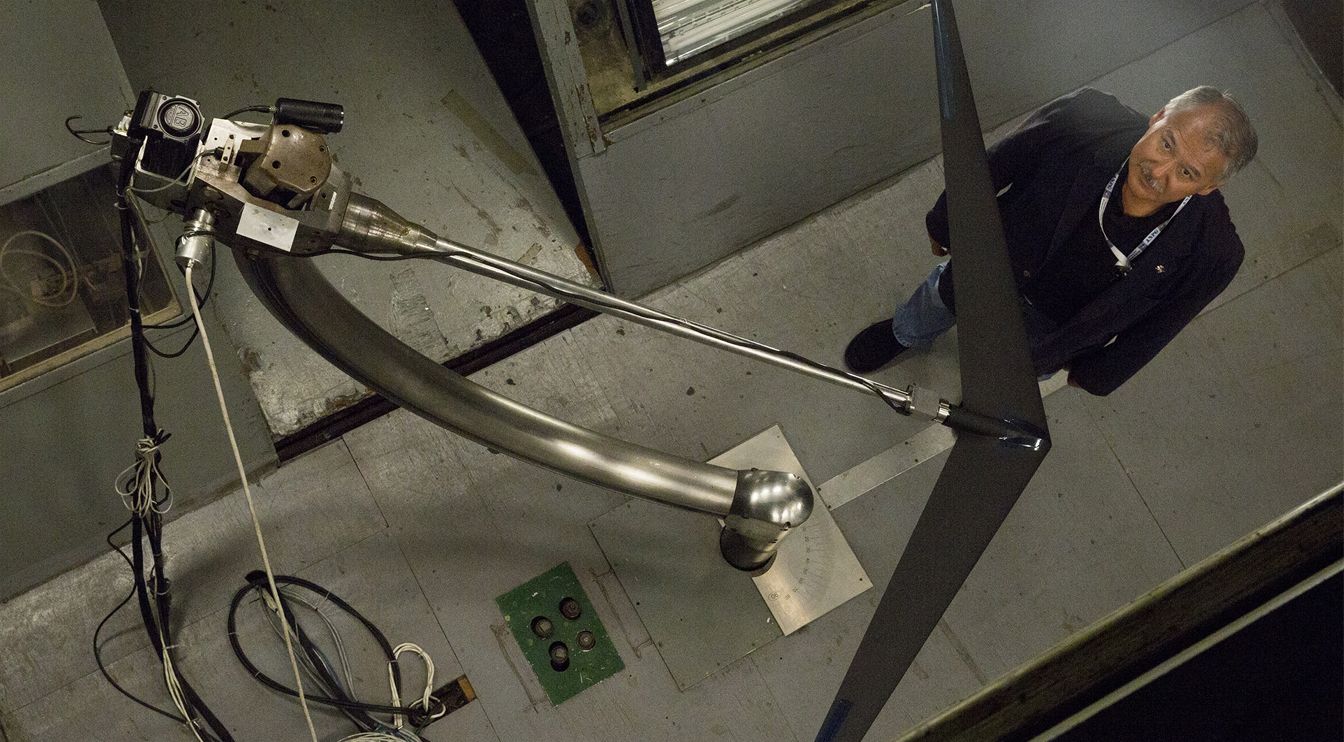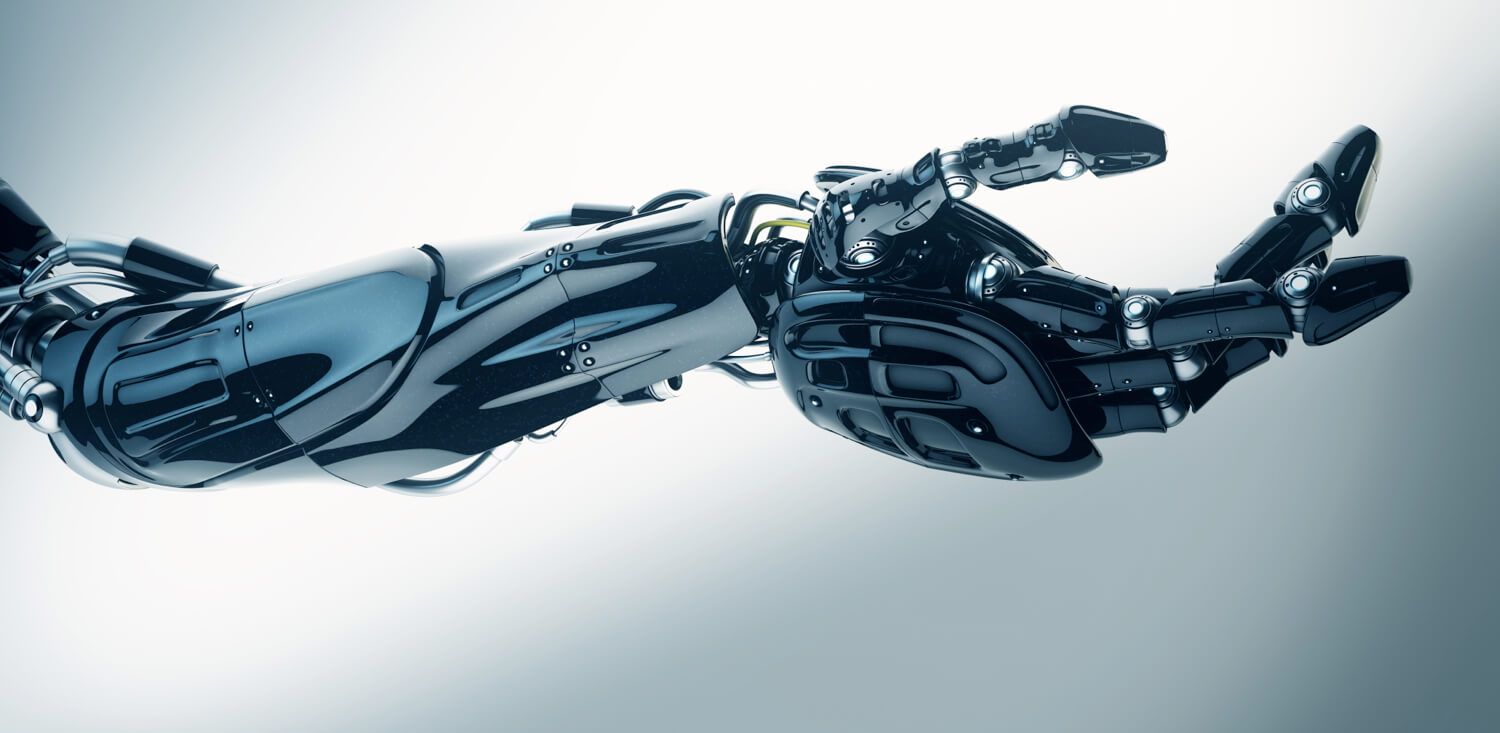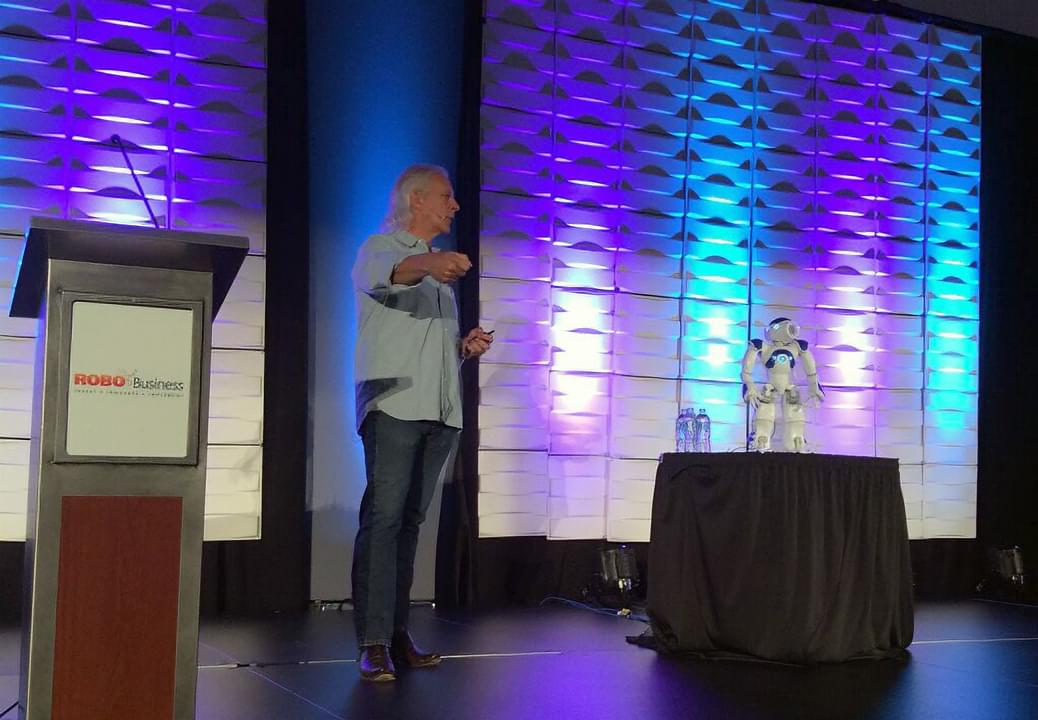Page 10805
Sep 26, 2015
How Tomb Raider’s Lara Croft has changed over the years
Posted by Shailesh Prasad in categories: entertainment, evolution
Sep 26, 2015
New system for human genome editing has potential to increase power and precision of DNA engineering
Posted by Shailesh Prasad in categories: biotech/medical, engineering
CRISPR-Cpf1 offers simpler approach to editing DNA; technology could disrupt scientific and commercial landscape.
Sep 26, 2015
Let’s go inside Samsung’s new Silicon Valley headquarters
Posted by Shailesh Prasad in categories: computing, mobile phones
While Apple has gone for a flying saucer design, Samsung’s new Silicon Valley offices look more like a giant Rubik’s Cube. The $300 million campus opened yesterday, cementing the South Korean company’s presence in the Valley. The 1.1 million-square-foot site in San Jose is intended to accommodate up to 2,000 employees, bringing together Samsung’s American R&D teams as well as providing a home for its local sales and marketing staff. Samsung says the site’s open design is intended to foster collaboration between employees, enabling those “impromptu, spur-of-the-moment interactions that are the genesis of many great ideas.”
The company broke ground on the 10-story campus back in 2013, with architecture firm NBBJ designing the site, which includes courtyards, open “garden floors,” and lab space. “Today represents a major milestone as we open our most strategically important Samsung facility in the US and also our biggest investment in Silicon Valley,” said Jaesoo Han, Samsung’s devices president in America, in a press statement. “Samsung’s goal is nothing less than to develop the best next‐generation technologies for device solutions.” Here’s how the new offices compare to the original renders:
Samsung is stressing that the site is a home for its R&D work, including research into products like displays, semiconductors, and SSD hard drives. However, the building also puts it on more of an equal footing with tech giants like Apple and Facebook, which have already established (or have plans for) monumental homes in Silicon Valley. Samsung may be facing hard times in the smartphone industry, the product category it’s most well known for in the US, but these new offices should give it a little more visibility in the tech world.
Sep 26, 2015
Elon Musk sees EV with 745mi range
Posted by Shailesh Prasad in categories: Elon Musk, sustainability, transportation
Tesla CEO Elon Musk recently did an interview in Denmark where he talked about all sorts of topics. Naturally, he spoke about where he see the future of the EV market going. The big problem that EV buyers have today are relatively short driving ranges offered. Tesla has the best driving range with its Model S able to go several hundred miles on a charge.
Musk answered a question from the interviewer on when we can expect to see EVs able to drive 1000km per charge, which is about 612 miles. Musk said that a Model S has already gone 500 miles on a charge, at low speeds.
He thinks that the Model S might be able to go 500 miles per charge by next year, but definitely by 2017. By 2020 Musk thinks that a driving distance of 1200 km, or about 746 miles, will be possible per charge. It’s unclear if Musk was talking about normal driving distance or hypermiling the EV.
Sep 26, 2015
Turns out early risers and night owls have different DNA
Posted by Shailesh Prasad in category: biotech/medical
Sep 26, 2015
How Robots and Sensors Will Transform Transportation, Agriculture, and Elder Care
Posted by Shailesh Prasad in categories: electronics, food, health, robotics/AI, transportation
Sensors and robotics are two exponential technologies that will disrupt a multitude of billion-dollar industries.
This post (part 3 of 4) is a quick look at how three industries — transportation, agriculture, and healthcare/elder care — will change this decade.
Before I dive into each of these industries, it’s important I mention that it’s the explosion of sensors that is fundamentally enabling much of what I describe below.
Sep 26, 2015
Zuckerberg, Gates make bid for universal Internet access
Posted by Bryan Gatton in categories: education, internet
Facebook founder Mark Zuckerberg and Microsoft billionaire Bill Gates on Saturday threw their weight and resources behind the goal of bringing Internet access to everyone in the world by 2020.
The pledge is part of a United Nations effort to eradicate extreme poverty by 2030, a goal set on Friday during a special summit at the global body.
The Internet became commonplace in developed countries in the 1990s, but UN officials estimate that half the world does not have reliable access—especially women and girls, whose education is vital to development.
Sep 26, 2015
IBM Uses Watson to Teach Robots Social Intelligence
Posted by Albert Sanchez in categories: neuroscience, robotics/AI
Because language is only part of human communication, IBM is using machine learning to teach robots social skills like gestures, eye movements, and voice intonations.
Sep 26, 2015
Small-scale nuclear fusion may be a new energy source
Posted by Gerard Bain in category: nuclear energy
Fusion energy may soon be used in small-scale power stations. This means producing environmentally friendly heating and electricity at a low cost from fuel found in water. Both heating generators and generators for electricity could be developed within a few years, according to research that has primarily been conducted at the University of Gothenburg.
Nuclear fusion is a process whereby atomic nuclei melt together and release energy. Because of the low binding energy of the tiny atomic nuclei, energy can be released by combining two small nuclei with a heavier one. A collaboration between researchers at the University of Gothenburg and the University of Iceland has been to study a new type of nuclear fusion process. This produces almost no neutrons but instead fast, heavy electrons (muons), since it is based on nuclear reactions in ultra-dense heavy hydrogen (deuterium).
“This is a considerable advantage compared to other nuclear fusion processes which are under development at other research facilities, since the neutrons produced by such processes can cause dangerous flash burns,” says Leif Holmlid, Professor Emeritus at the University of Gothenburg.
















